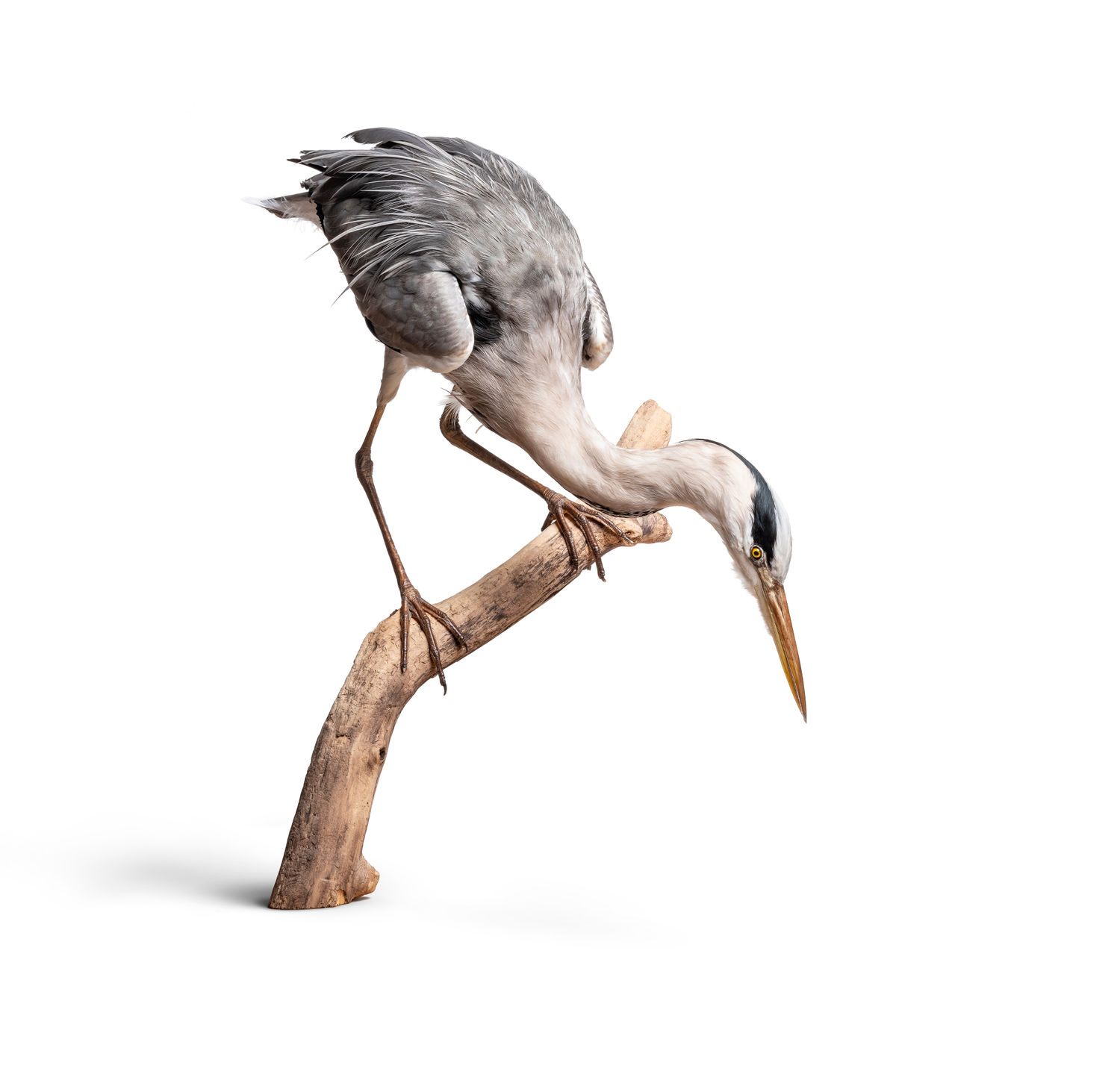22 Apr 22 — 14 Jan 24
Rhine diorama in the exhibition (detail), Photo: Museum Wiesbaden / Bernd Fickert
Water is the basis of all life and an indispensable commodity. It is habitat and food, source of energy, transport medium and raw material. In Wiesbaden, the streams of the Taunus join the flow of the Rhine, hydrothermal springs have been used for tens of thousands of years, and since modern times the world has been curing here. For the Wiesbaden Year of Water, the exhibition offers a water journey through time and space. Numerous objects from the past and present document Wiesbaden's relationship to water and allow a look into the future. What developments lie ahead and how can we influence them? Climate change, sealing and agricultural industrialization illustrate the increasing value of water and call for sustainable action.


The second, a nature diorama, scoops up a 5-metre stretch of Rhine riverbank and transports it into the museum, replete with animals and plants.The natural diversity in and around water can also be studied in aquariums, photographs, and models. Between them all, the exhibition contains numerous objects that visualize Wiesbaden’s relationship with water and offer us a glimpse of future water management. What developments lie ahead and how can we influence them?
The exhibition features two juxtaposed presentations, one on water use and one on aquatic habitats. The first is a scale model of the town centre showing not only the bubbling thermal springs, but also the canal network and streams that flow under the city that are otherwise hidden from view.


Children can explore the exhibition by following in the footsteps of Ekko the giant, a local figure of legend. Ekko guides them to many hands-on learning stations, where, for example, they can use microscopes to spot the tiniest aquatic creatures, follow the course of water through the city by shooting marbles down a track, or explore Wiesbaden’s streams on a touchscreen.
Wiesbaden is a city of water. Every day, two million liters of thermal water gush into the city from 27 springs. In the city area, 55 streams flow in the direction of the major rivers. With the Rhine, 2300 cubic meters of water flow past Wiesbaden every second. The city's history is based on the thermal springs, industries settled along the Rhine and the growing population constantly poses new challenges to the drinking water supply and wastewater disposal.

Wasser im Jugendstil
Heilsbringer und Todesschlund
13 Mai 22 — 23 Okt 22
Hier finden Sie das Begleitprogramm zur Ausstellung, sobald es im Veranstaltungskalender veröffentlich wurde.